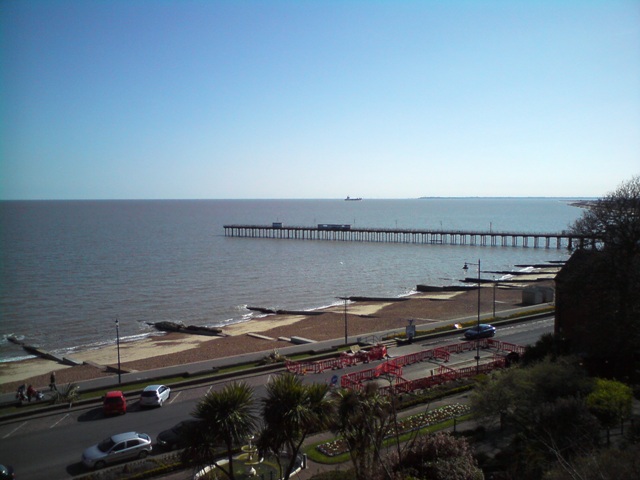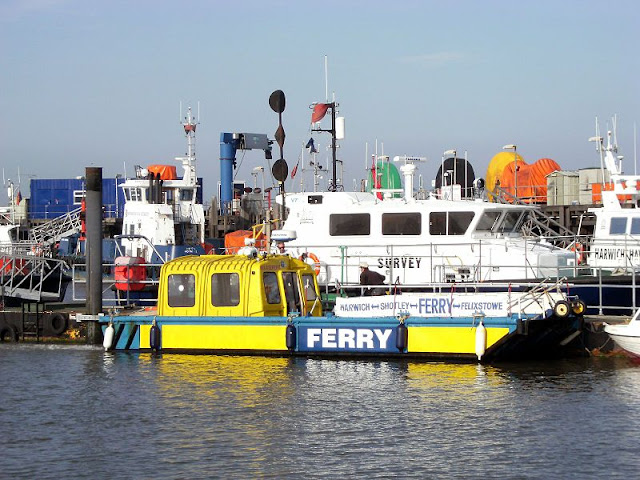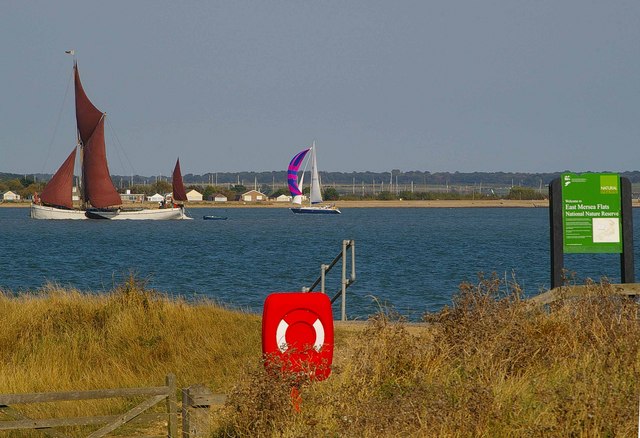Due to its geographical location, on a peninsula sticking out into the estuary formed by the mouths of the rivers Stour and Orwell, Harwich has long been an important port, providing the only safe anchorage between the rivers Thames and Humber. The site’s rise to prominence as a port began in 1340, when King Edward III’s fleet gathered at Harwich prior to its departure to defeat the French at Sluys in the first major naval bustup of the Hundred Years’ War. The town certainly seems to have made an impression on Queen Elizabeth I when she stayed there in 1561, as she proclaimed that it was “a pretty place and wants for nothing”. Our old friend Samuel Pepys was elected MP for Harwich in 1679, and it was during his time in this role that he was imprisoned in the Tower of London, accused of leaking naval intelligence. He was, in fact, the victim of a stitch-up by his political enemies, and was subsequently released. Fast-forwarding to the First World War, Harwich became the home of an important submarine force, which took part in a number of clashes with the German navy. After the end of the war, the surrender of a number of German U-boats took place there.
Today, Harwich is an important
international port, serving ferries to the continent, cruise ships and cargo ships. Old Harwich is the focal point for sites of historic interest, with a Napoleonic fort called
The Redoubt and several museums including The National Vintage Wireless and Television Museum, housed in a
lightship dating from 1818. The part of town known as Dovercourt has a sandy beach with two more lighthouses. The lighthouses, built on stilts in 1863, were fitted with gas lamps, and were in use until 1917. Pleasure cruises can be taken along the Stour and Orwell rivers, departing from the
Ha’penny Pier, so named because it used to charge a halfpenny toll. This was also where steamships to the continent used to depart from. This year, the Napoleonic fort is being used for a more light-hearted purpose than in its former life, having been chosen as the venue for the Harwich Brewery Beer Festival.
For a list of events in Harwich, follow
this link.






























